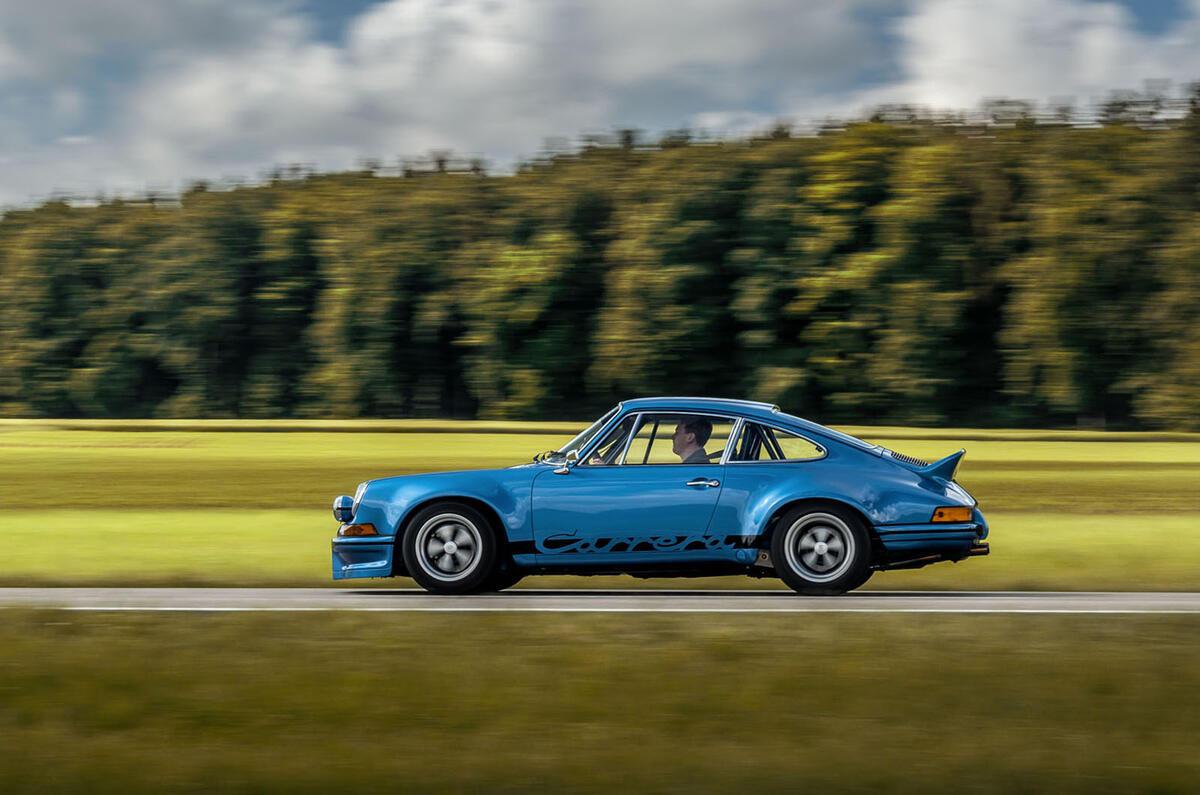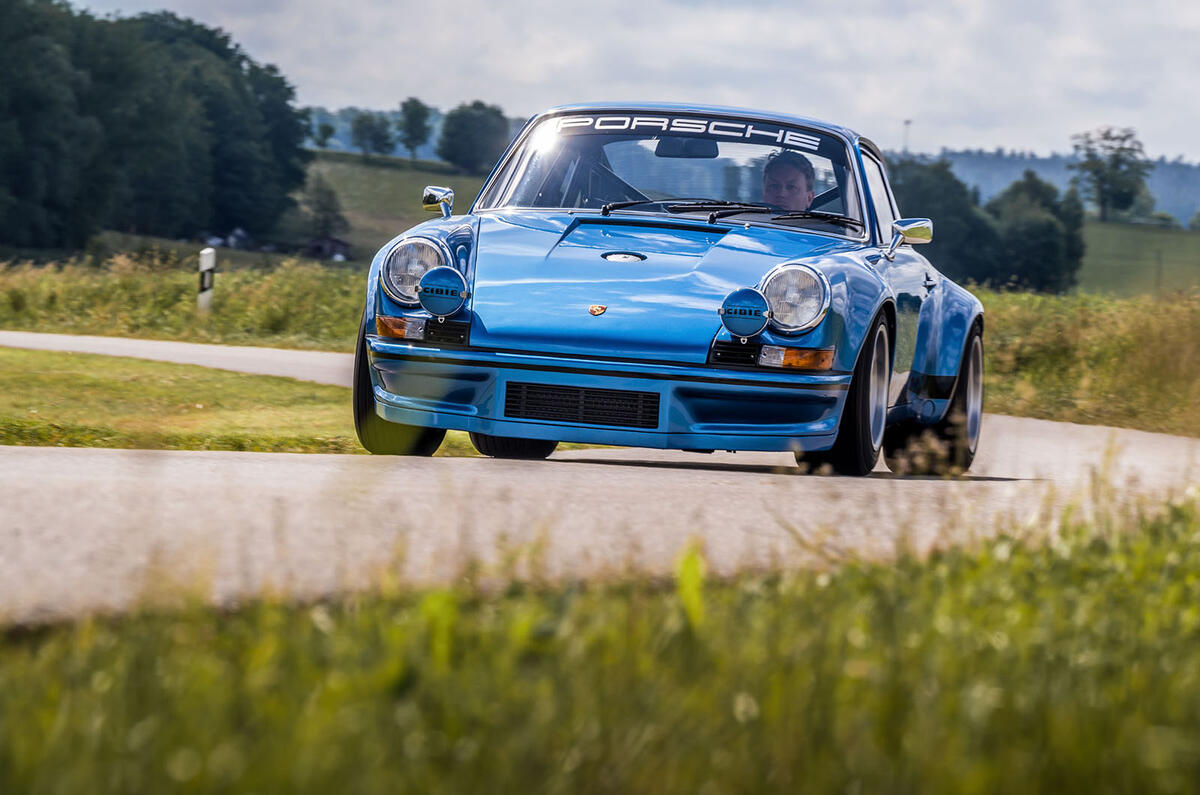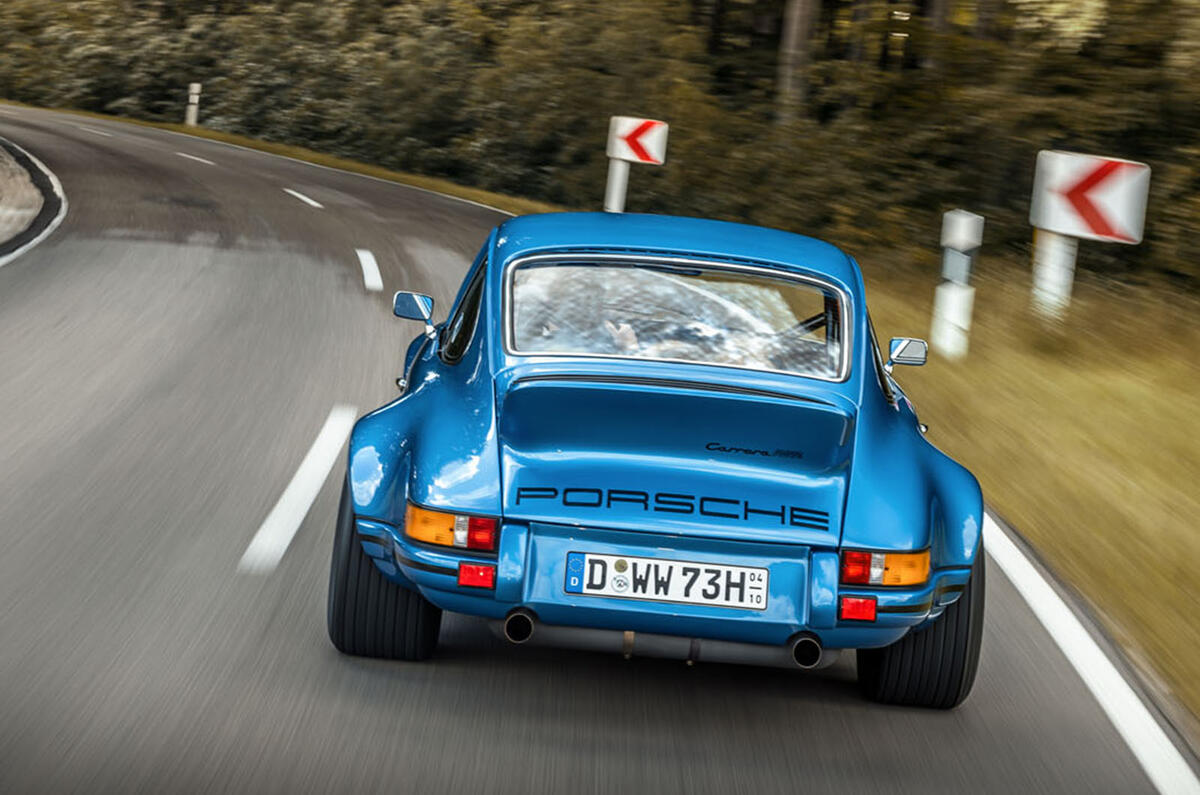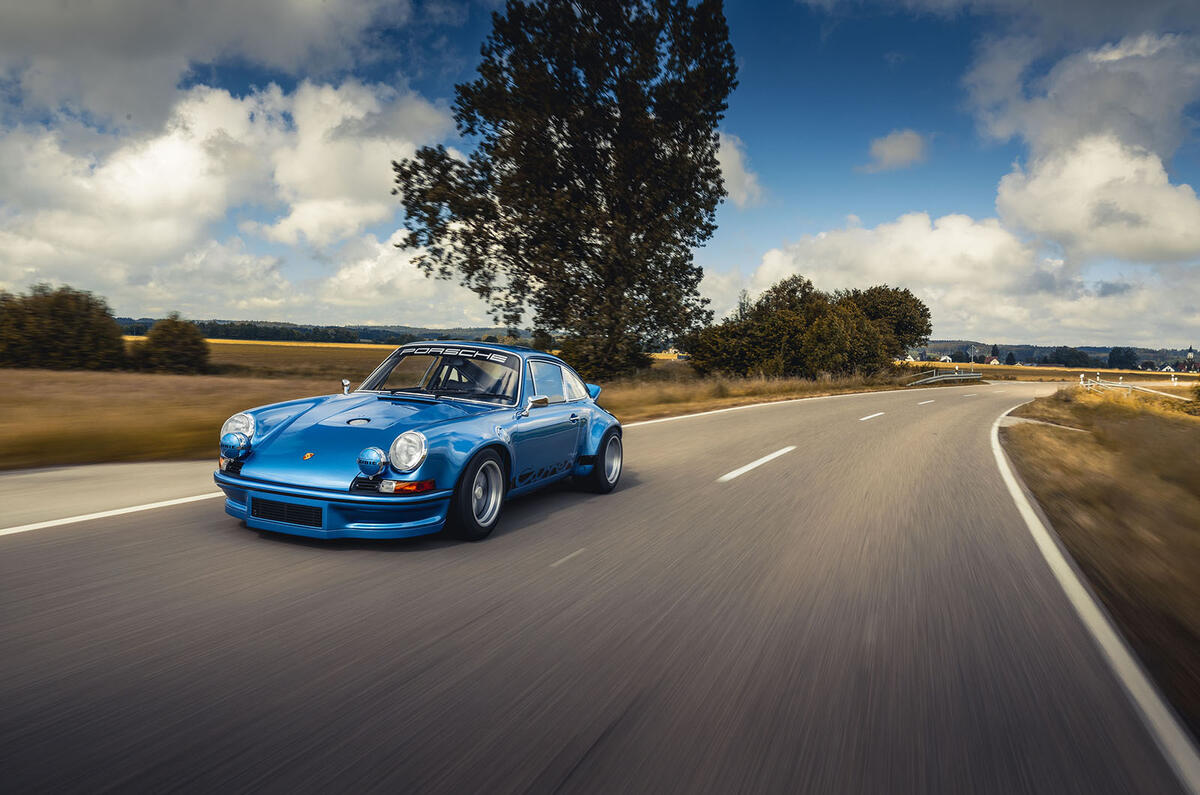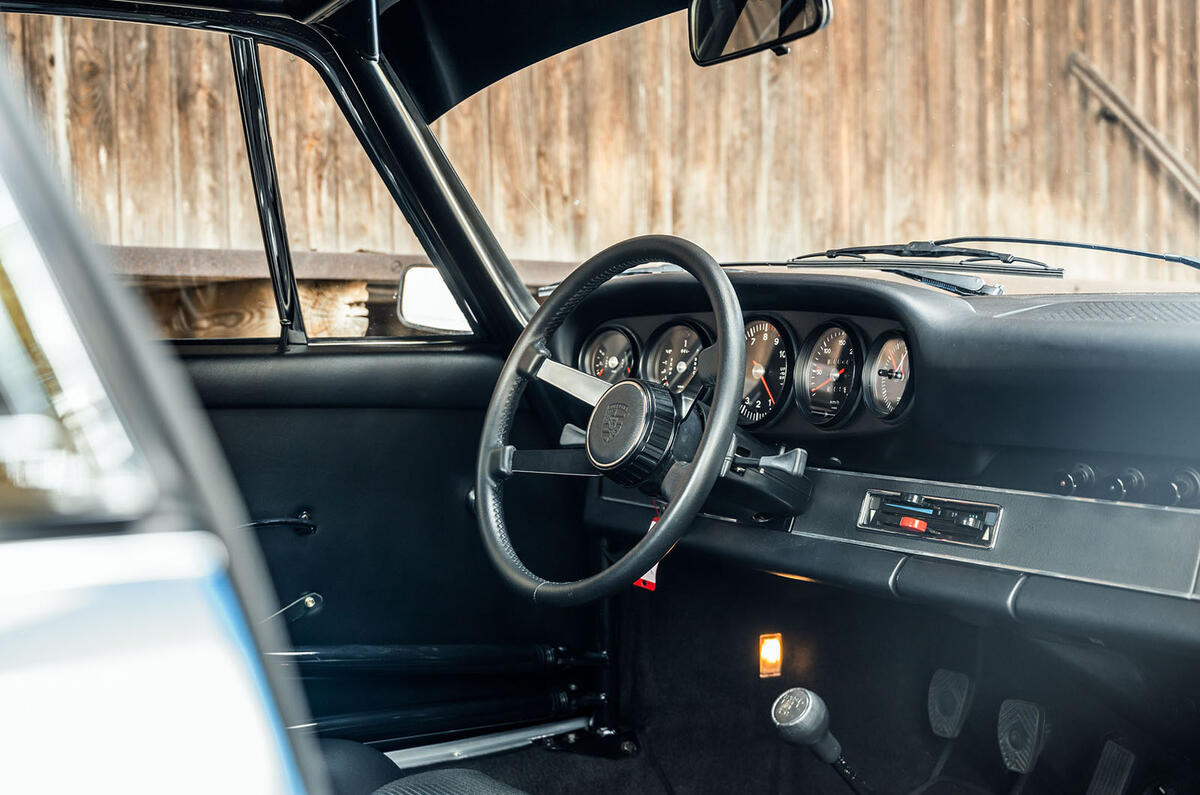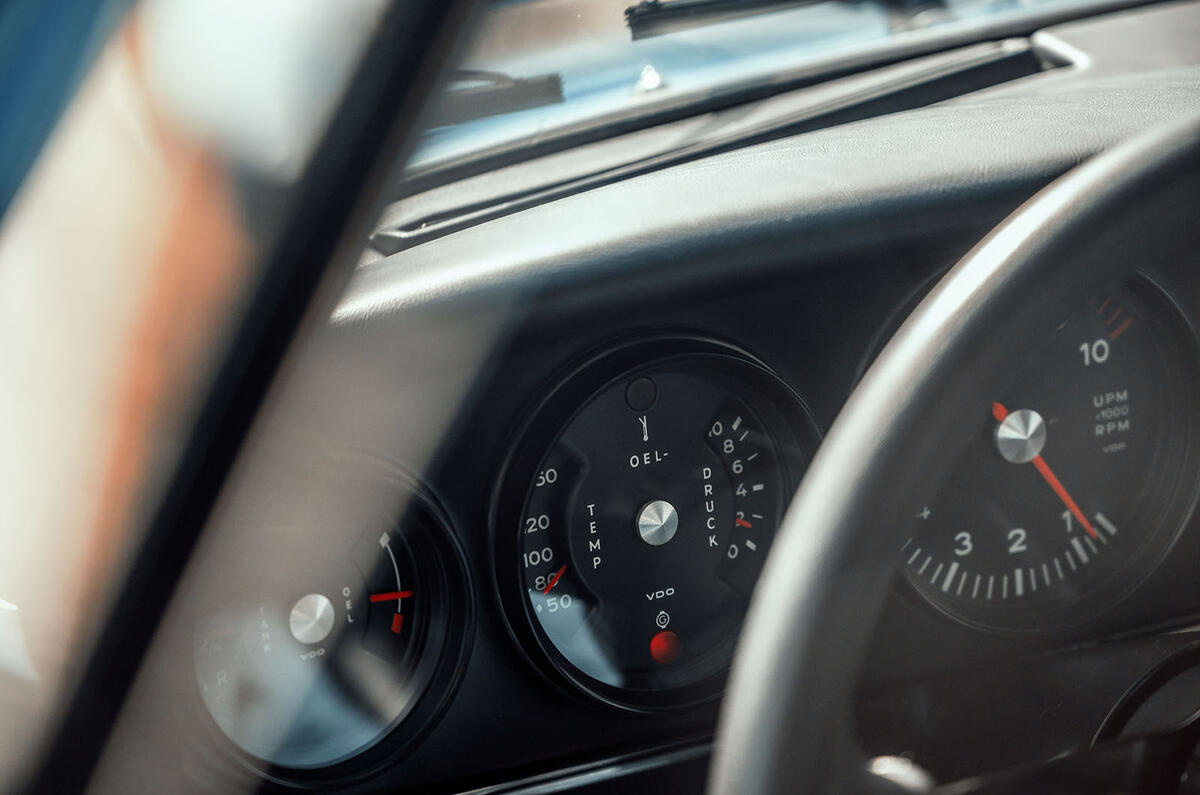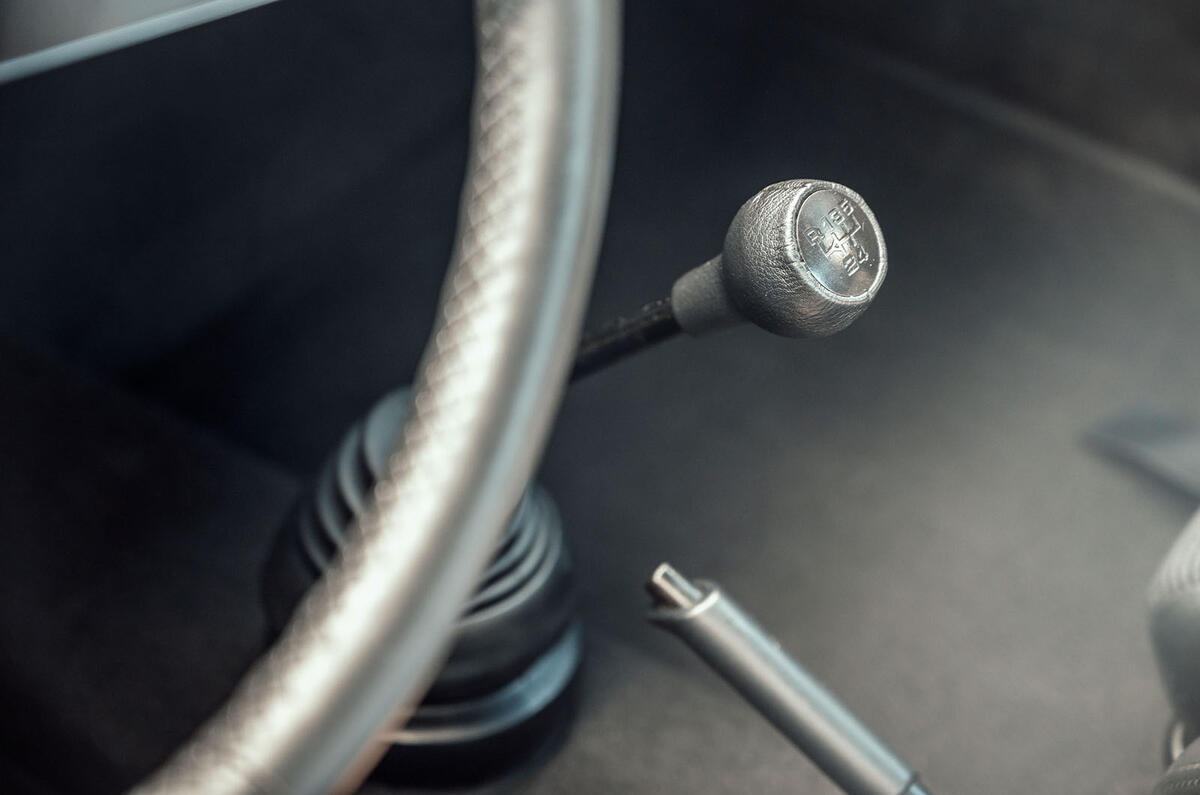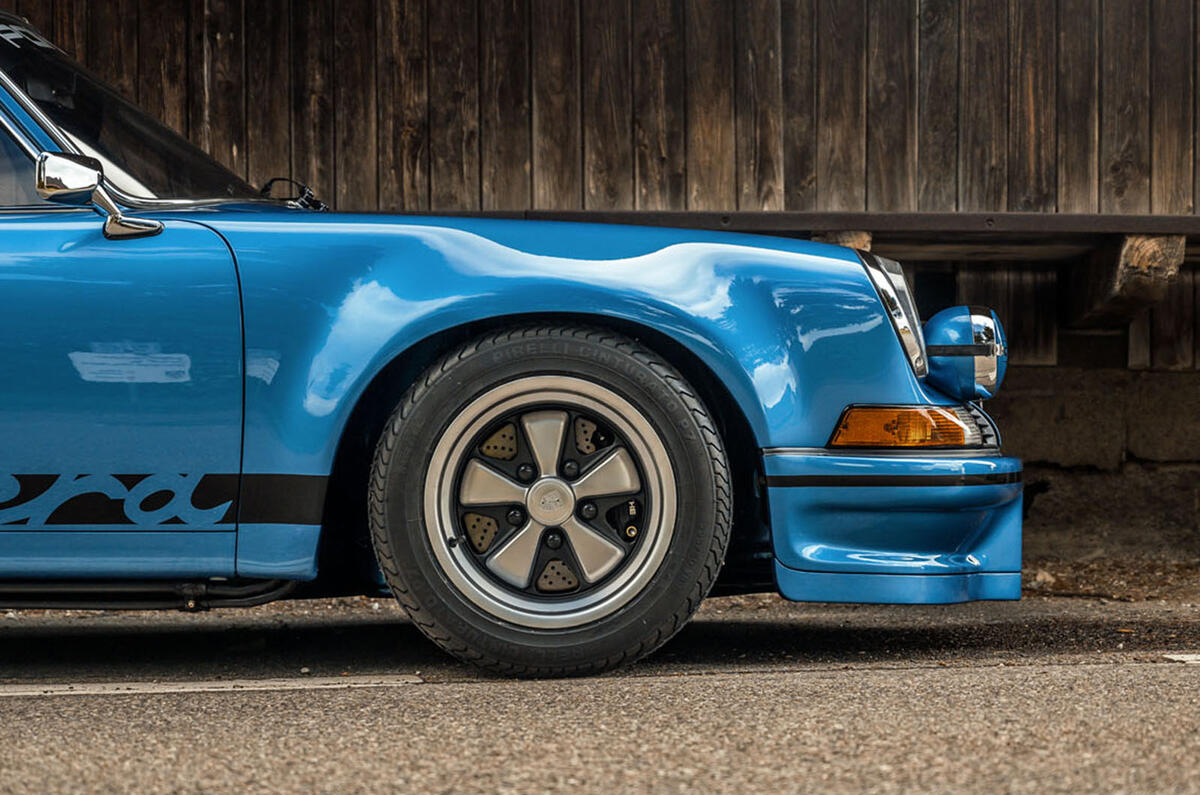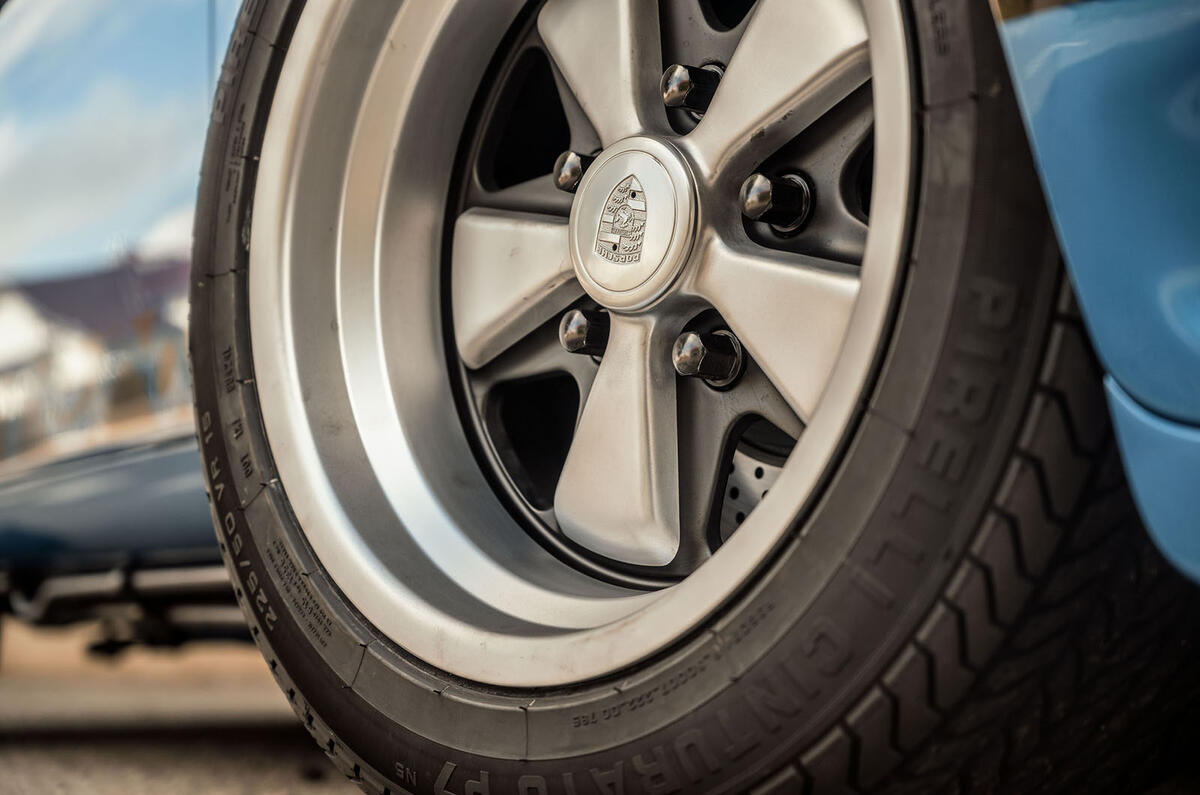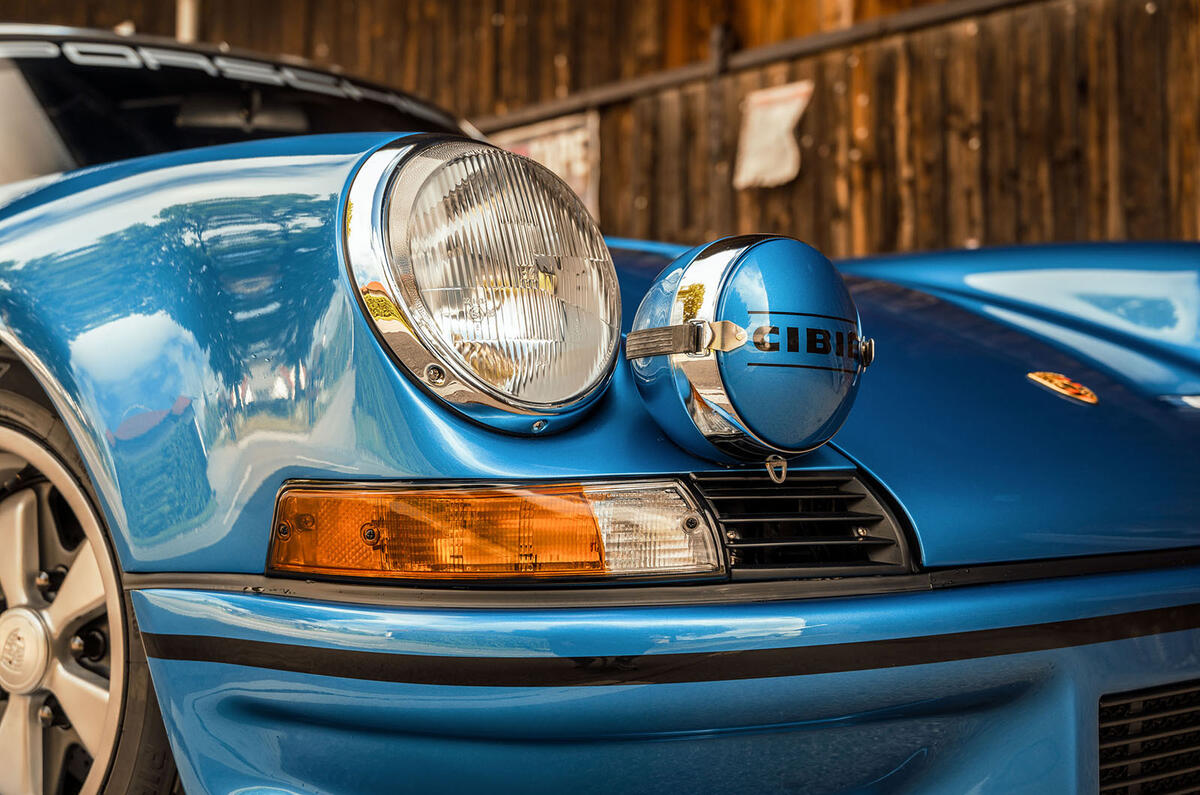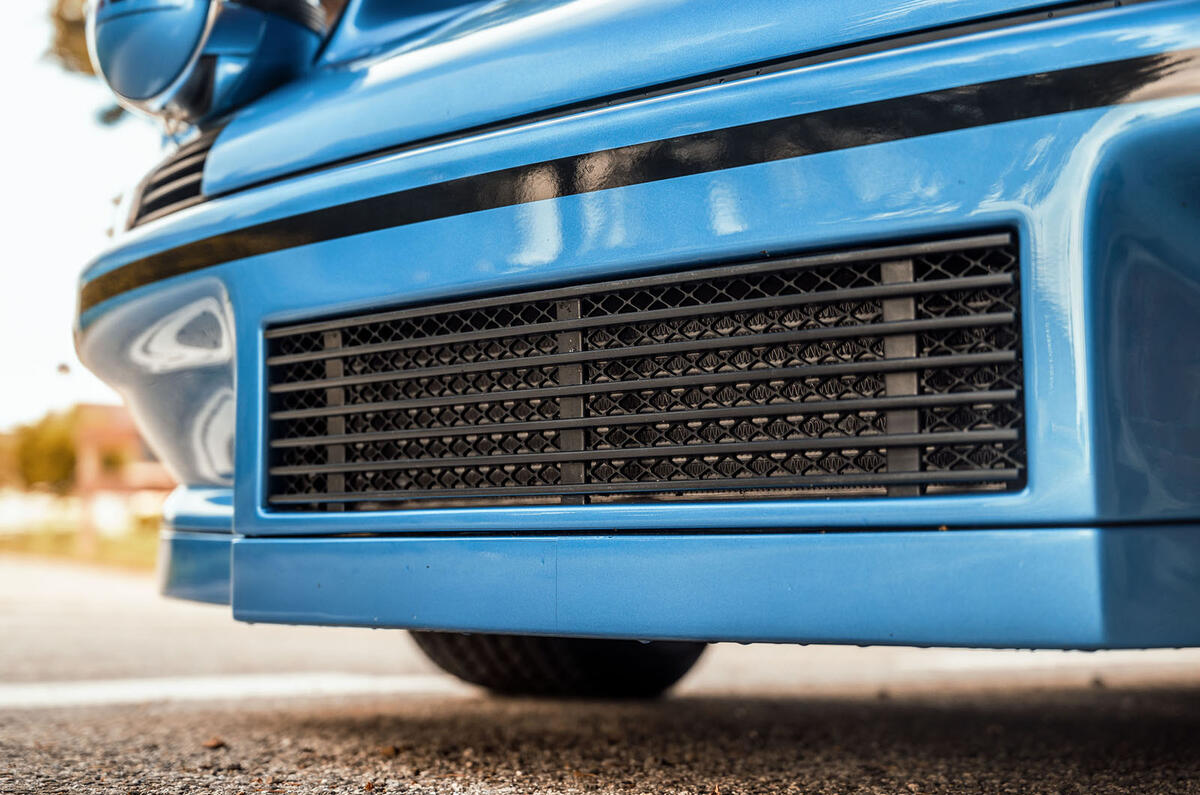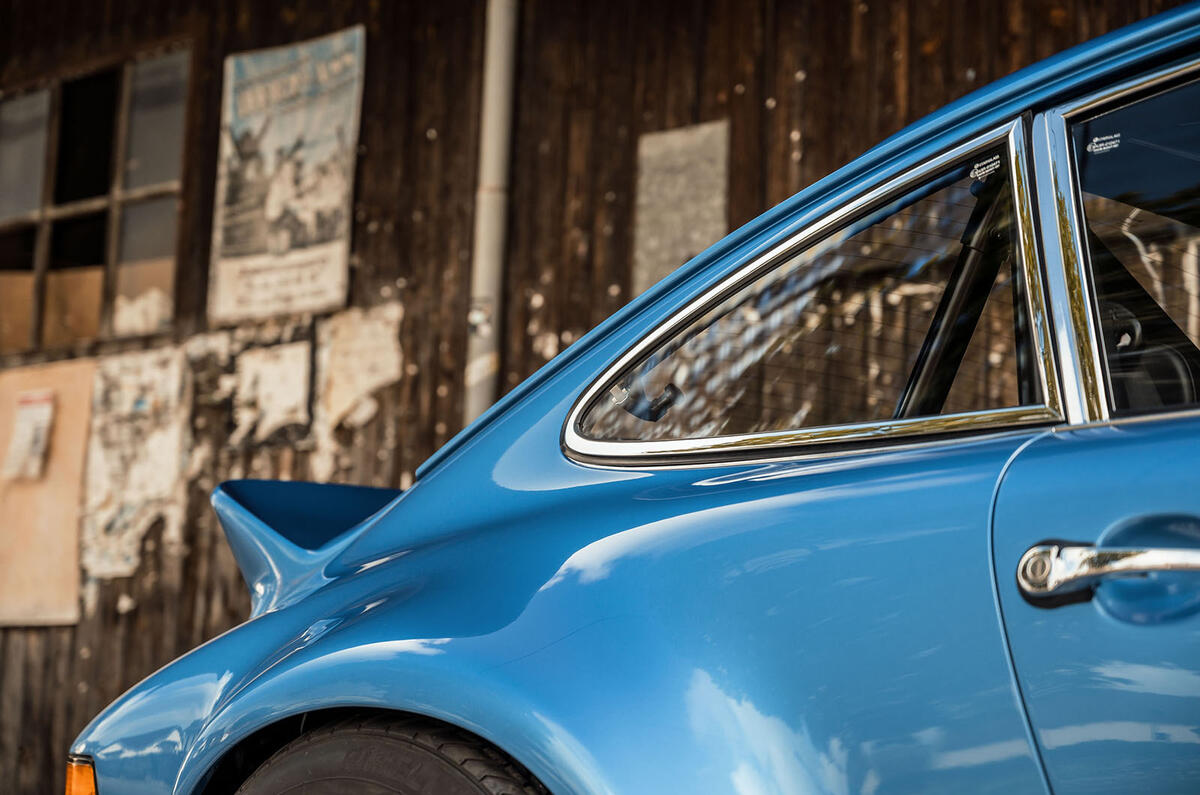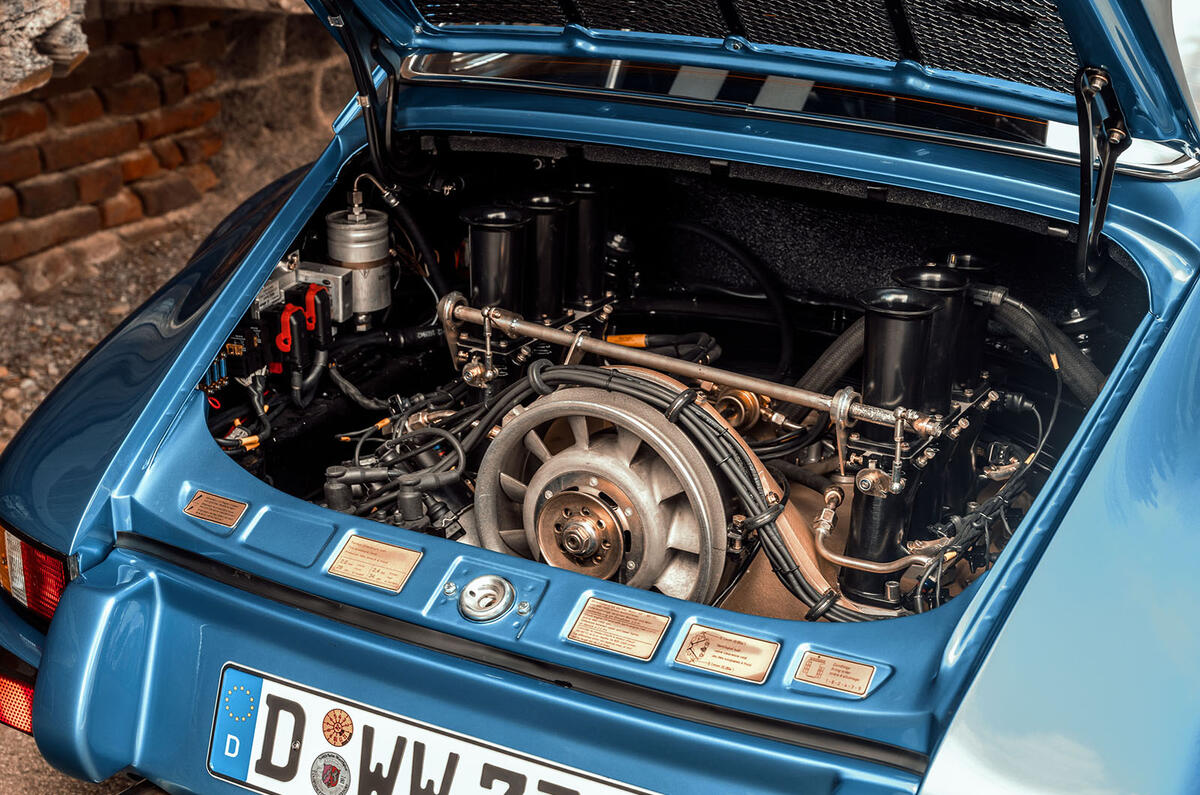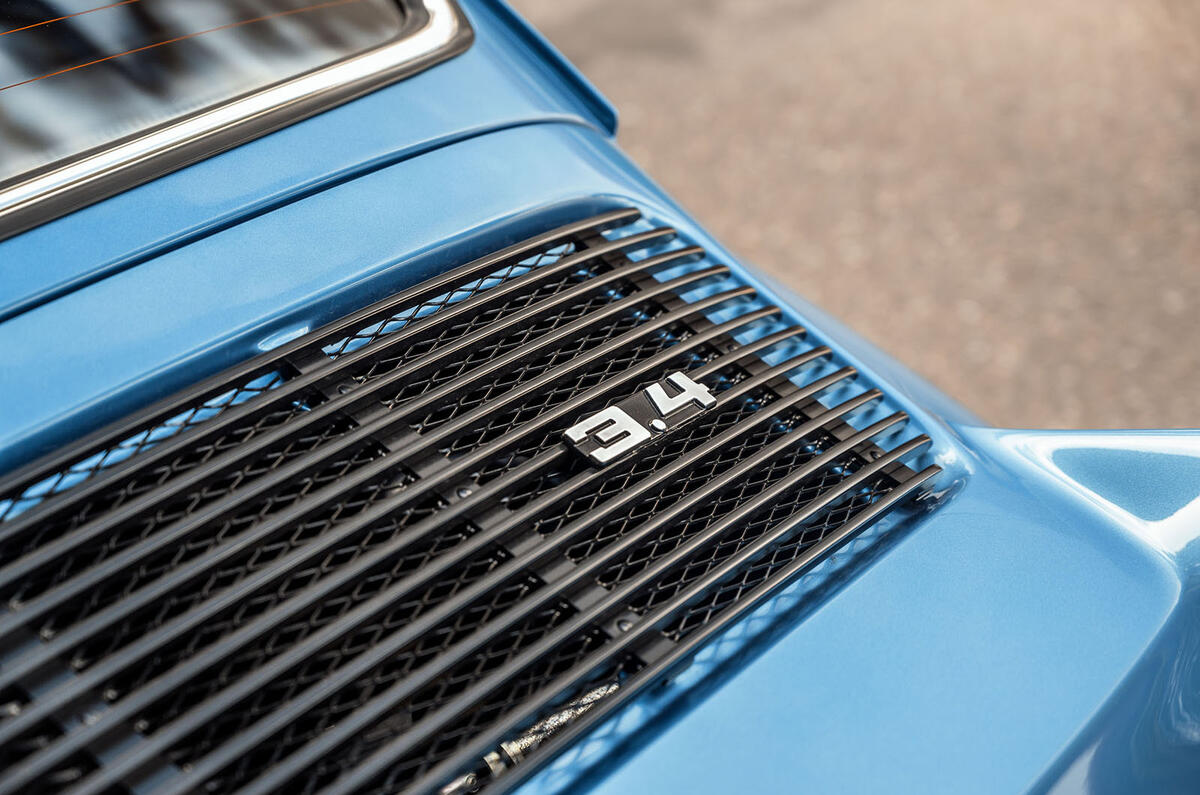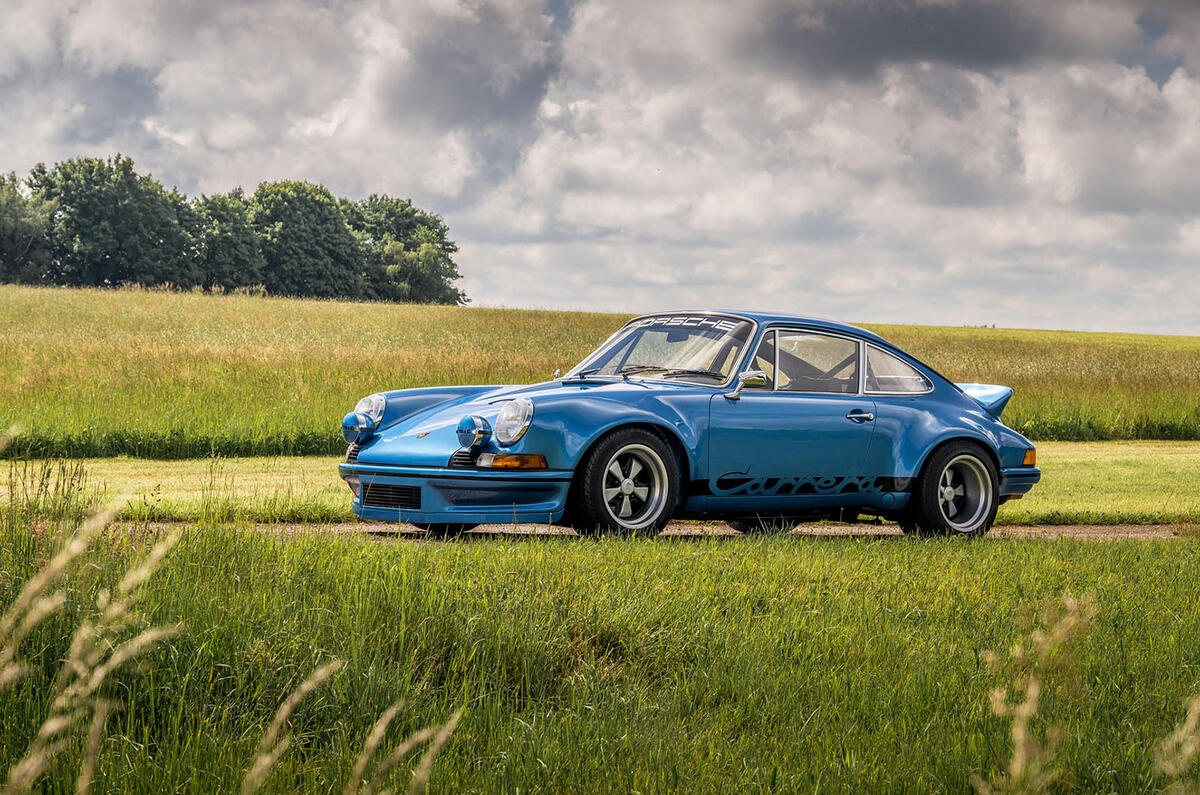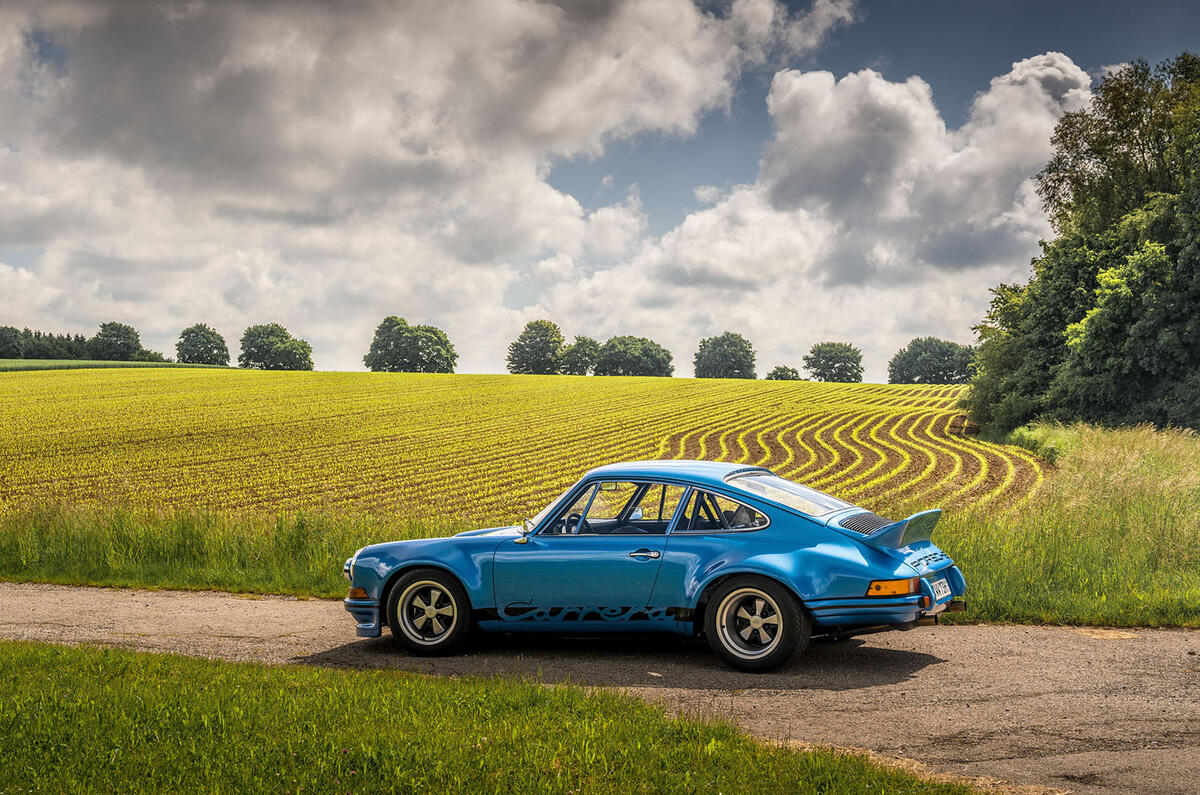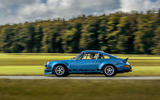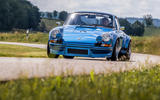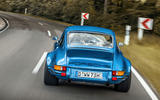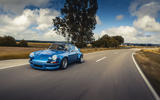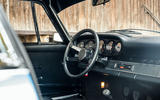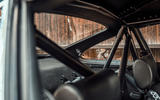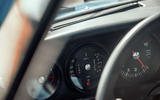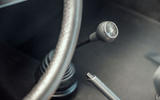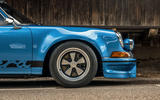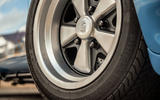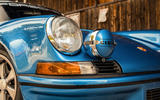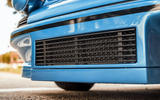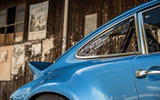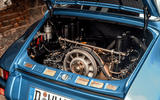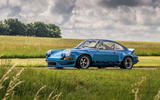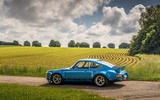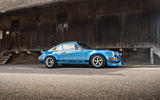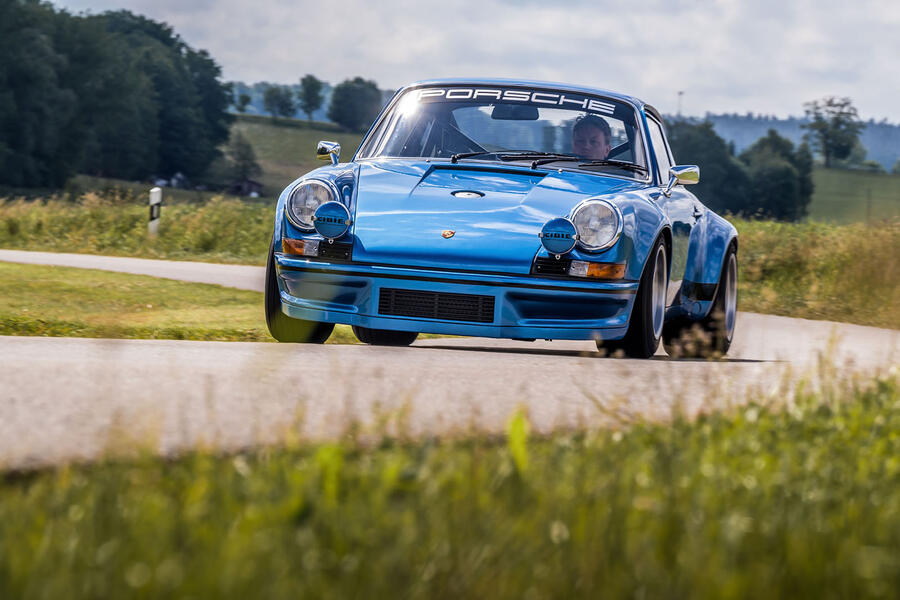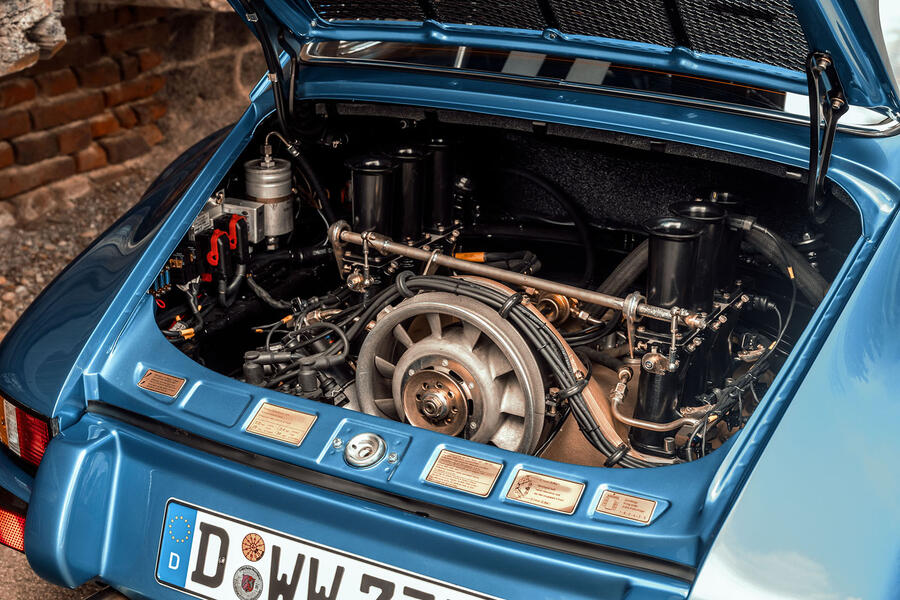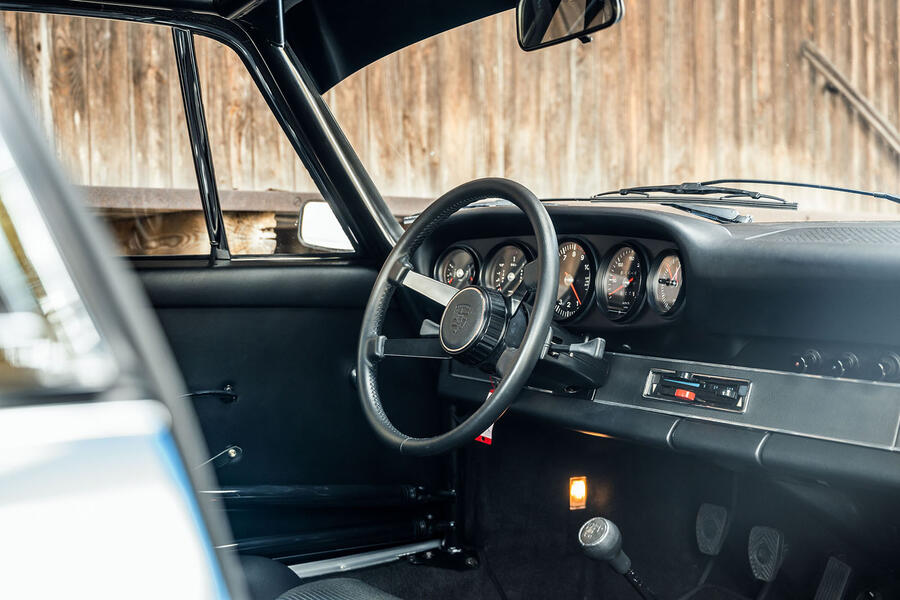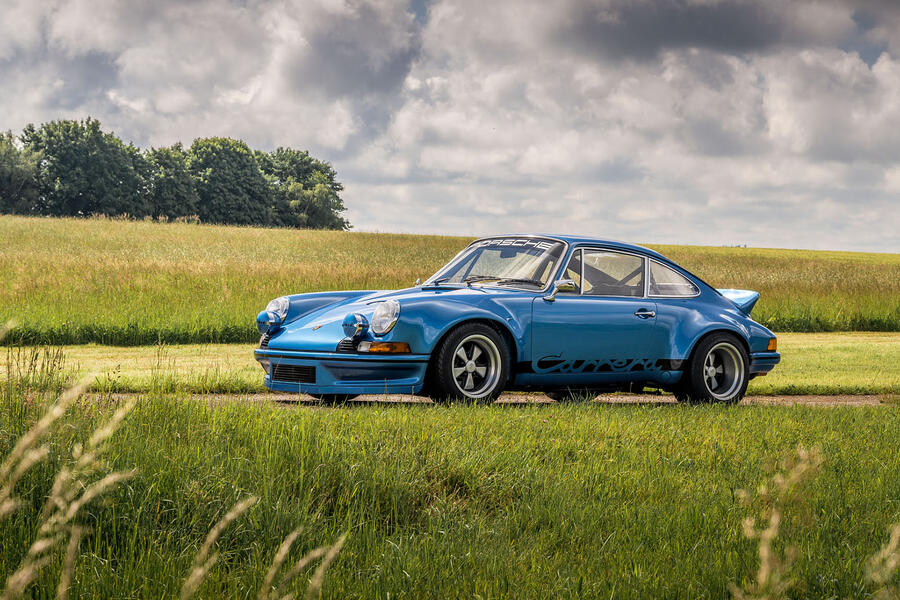In 2010, Alois Ruf Jr took a customer out in one of his family firm's cars.
Now there's nothing unusual in that act itself, particularly for an haute manufacturer, where production volumes are infinitesimal by wider industry standards and the boss is just as likely to be found observing test benches as they are sitting in the boardroom (assuming there is a boardroom).
The difference this time was that the car, though authentically Ruf, wasn’t referenced in any official literature. More than that, to anybody not embedded with the small factory operation in Pfaffenhausen in Bavaria, it didn't even exist. An almost illicit one-off, its remit was to satisfy Alois Jr’s need for something that could express the wildness of 1970s Porsche motorsport, only in road-legal guise and with Ruf standards of everyday drivability.
No surprise that this idea hit the bullseye. The client decided he too needed one, and the result is this stunning Blau Metallic Ruf 3.4 RSR. It was completed only this year, and while that isn’t to say that every 3.4 RSR will take Ruf more than a decade to build – nothing like – the process is extremely involved. In fact, the transformation that makes original E Series 911 chassis become spectacular 1973 Carrera 2.8 RSR homage is so labour intensive that Ruf Jr says constructing each individual car is comparable to constructing a complete prototype.


